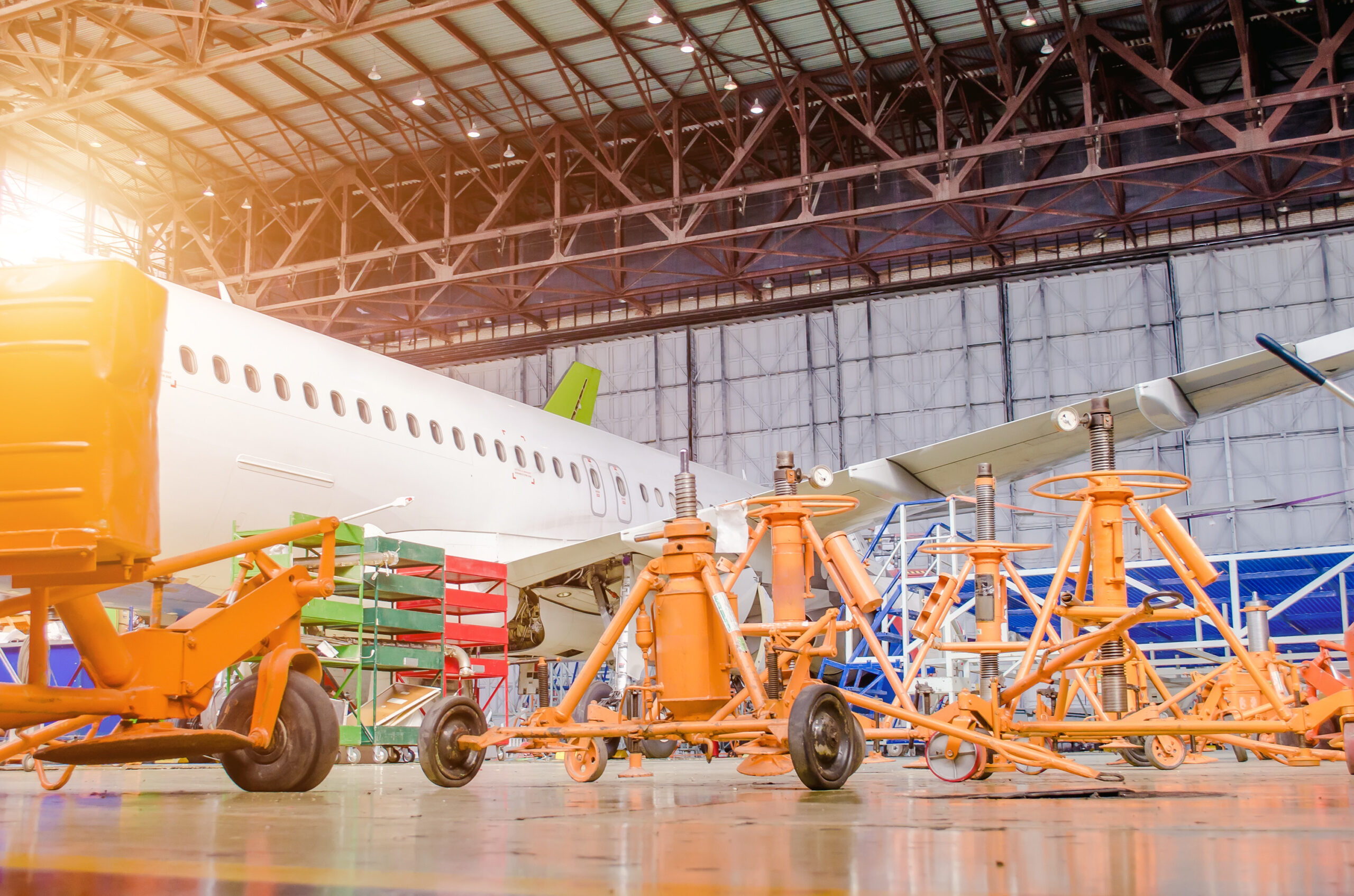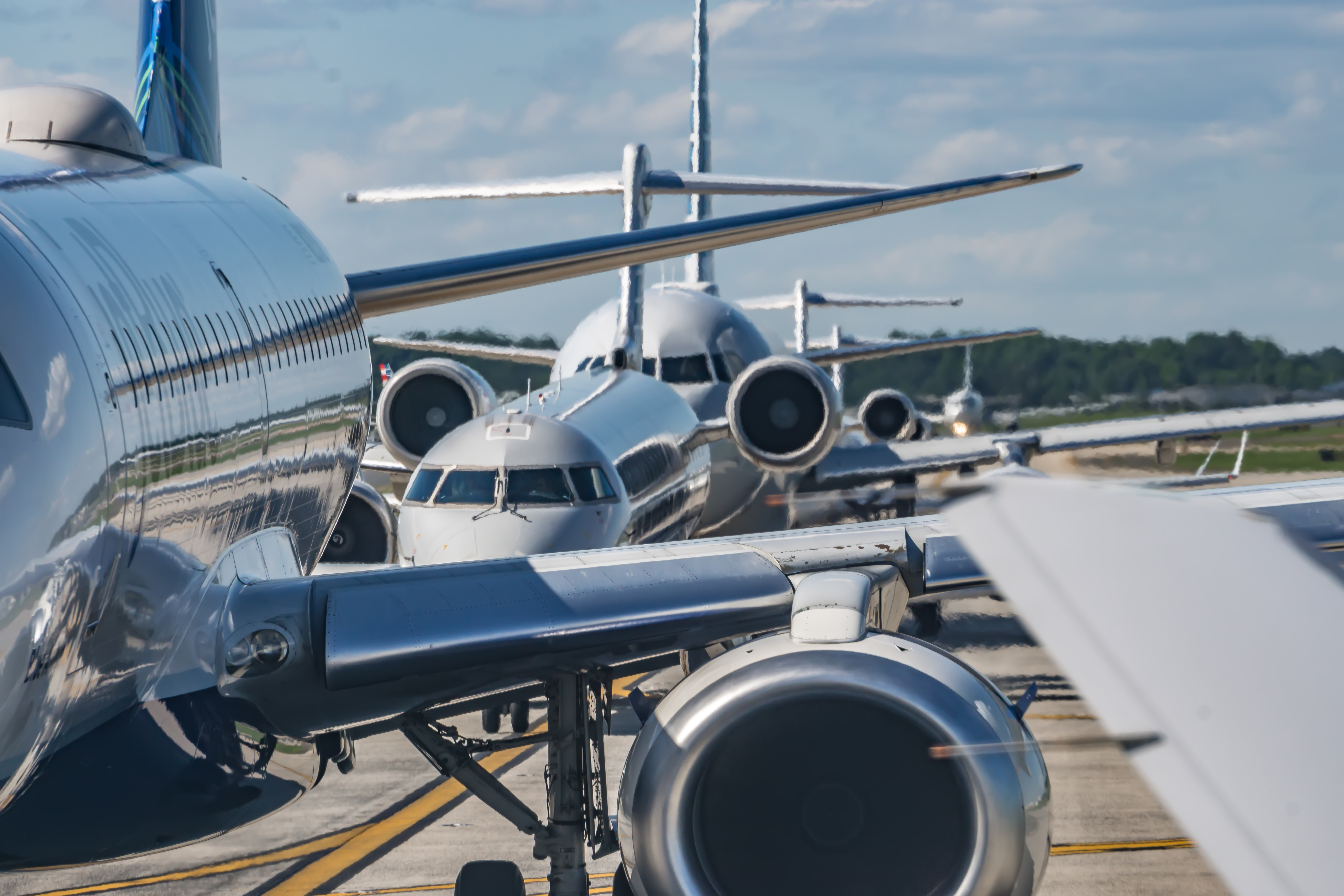For an industry that has long toiled with ongoing profitability setbacks, airlines across the globe have sought alternative measures to reduce their mounting level of expenses. Namely, the expansion of buying options for both spare parts and technical services has brought winds of change to the purchasing habits of airlines. What was traditionally a market dominated by straightforward approaches to component acquisition has in turn harnessed a number of other key choices, including the possibility for outright purchase from OEM suppliers, power-by-the-hour (PBH) support, exchange and loan options, as well as the concession for airlines to combine a range of these selections in their maintenance expenditure plans. With such an abundance of choice, certain trends have been evidenced as airline operators seek to optimise their ever-changing maintenance overheads and reduce AOG-related expenses.
Created as an avenue to control the often exorbitant ancillary costs of aircraft engine maintenance, PBH support has seen budding popularity amongst a range of different airlines. Indeed, the market for PBH agreements has widened beyond mere engine maintenance to encompass a whole network of airframe, component and other support related functions. Although the system is nothing new, its increasing proposition by OEM suppliers has allowed wider assurance for carriers against the risk of unexpected maintenance costs. This is particularly relevant in the case of smaller airlines, whereby the financial outlay required during severe cases of unexpected maintenance can pose a catastrophic impact on the business.
‘We are seeing a growing esteem for PBH agreements, particularly in the maintenance plans of smaller carriers or those with a broader fleet scope. In recent times, airlines including Air Moldova, BH Air, Cosmo Airlines and Air Europa have all sought either partial or all-inclusive PBH support as an extension to their standard maintenance programmes. Reasons for individual shifts to PBH support do of course vary, but at the centre is the peace of mind afforded to carriers in lieu of exorbitant costs for unexpected maintenance. While larger carriers have the financial scope to provide the necessary spare parts in contingency situations, such a case is not readily available to airlines with a limited fleet number. On this basis, PBH enables smaller airlines to attain similar scaling effects of larger operators,’ comments the CEO of Locatory.com, Zilvinas Sadauskas.
Although PBH support may engender improved financial stability for smaller airlines, its overall advantage is subject to the conditions stipulated in each contract. Specifically, a number of airlines have been left in precarious circumstances due to irregularities in the details of a PBH contract, or through issues involving the reputability of the provider itself. Perhaps more poignantly however, is that while PBH allows one to hedge the risk of unexpected maintenance expenses, its function in remote AOG situations is far less tangible.
In order for airlines to mitigate any AOG-related expenses, particularly in remote locations, effective communication is vital
‘In order for airlines to mitigate any AOG-related expenses, particularly in remote locations, effective communication is vital. This begins the moment an issue is identified, even while the aircraft is en-route. Communication with OEMs and maintenance providers allows a consensus to be developed as to the likely causes of a problem as well as to organise and dispatch resources in the case of a remote location. Analysing maintenance data also goes a long way in terms of predicting the increased likelihood of a malfunctioning part, allowing one to take precautionary measures accordingly. Enhancing communication and dramatically reducing the response time in AOG situations can also be achieved through global e-procurement platforms, many of which employ direct messaging tools to send out AOG solutions requests to multiple providers with the one click,’ comments the CEO of Locatory.com, Zilvinas Sadauskas.
In addition to the drive for PBH support, airlines on the whole are placing less dependence on direct deals with OEM suppliers as they seek cost-advantageous alternatives. Rising expenses for OEM components has rendered a change in the market, with many airlines opting to source specific components from open market suppliers. However, the process is not entirely clear-cut. While open market suppliers are under the obligation to gain approval, the market continues to be plagued by a number of unscrupulous vendors. In response to this, some airline operators have employed quality assurance teams with the aim of ensuring no deviation from established safety guidelines. Evidently, open market suppliers have procured a respectable share of the market, with airlines contracting with anywhere between ten and 300 approved vendors depending on their fleet size.
Z. Sadauskas states that, ‘Some airlines have also sought to buying parts from OEM suppliers in pre-arranged packages, such as the case for LAN Airlines. They plan ahead and purchase the parts deemed necessary in a single package. While this avenue could potentially offer both economic and flexibility advantages for an airline, it may also prove prohibitively expensive for others. Moreover, purchasing in bulk ahead of time is not always an effective answer to mitigating an unexpected need for certain components.’
‘Fundamentally, market conditions are always changing and airlines should keep abreast of adjustments that could influence their maintenance overheads. The growing institution of e-commerce tools in the aircraft spare parts aftermarket is indeed one way that operators have optimised their maintenance expenditures and ensured they are up-to-date with current market opportunities,’ comments Z. Sadauskas, CEO of Locatory.com.



